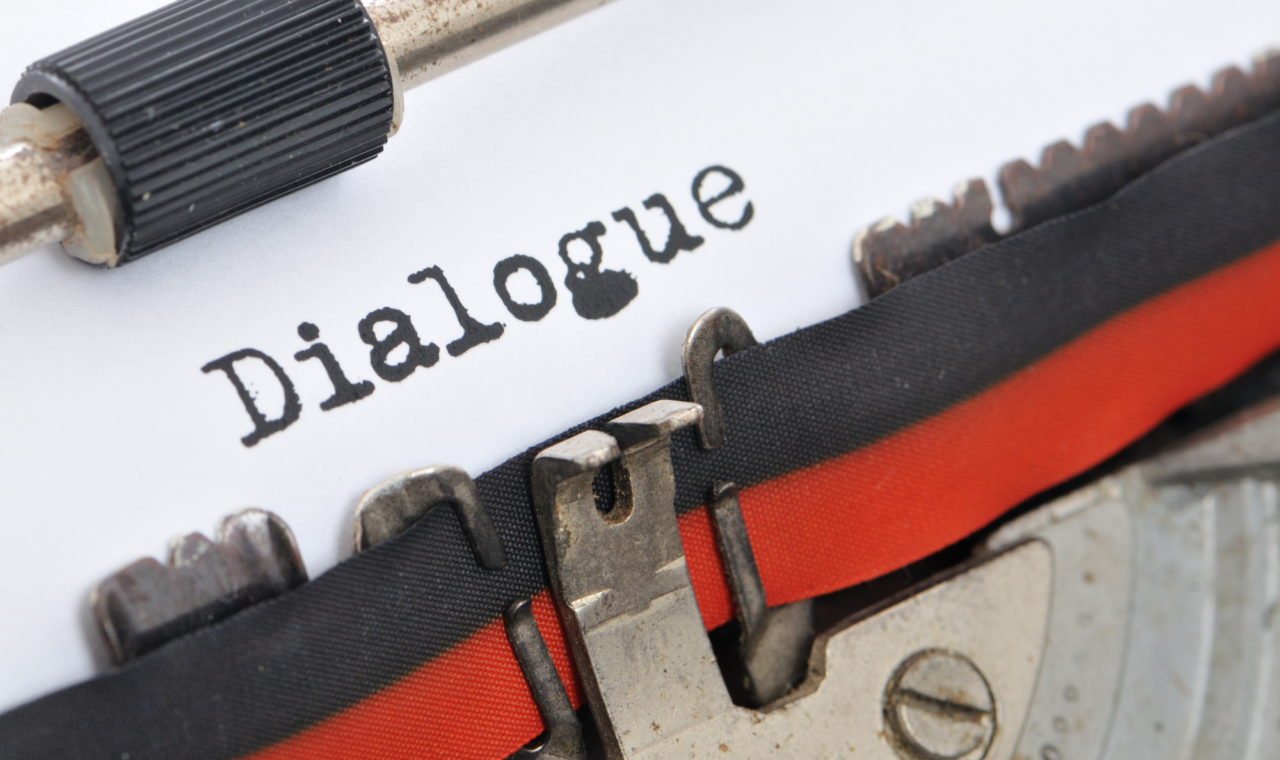Bringing Your Characters to Life
As a writer, one of the most powerful tools at your disposal is the art of crafting authentic dialogue. Realistic and engaging conversations between your characters can breathe life into your story, making it more relatable and immersive for your readers. In this blog post, we will explore the techniques and tips to help you write dialogue that rings true and captivates your audience.
Listen and Observe
To write convincing dialogue, it’s essential to be a keen observer of real-life conversations. Pay attention to how people speak, their choice of words, tone, and body language. Eavesdrop (legally, of course) on conversations in cafes, parks, or public places to capture the nuances of human interaction.
Character Voices
Each character in your story should have a unique voice. Their dialogue should reflect their background, personality, and experiences. A young artist might use different words and expressions than a seasoned detective, so tailor your dialogue to fit the character.
Subtext and Conflict
Good dialogue often carries subtext and conflict. Characters may not always say what they mean, and their unspoken thoughts can add depth to the conversation. Use subtext to create tension and keep readers engaged.
Show, Don’t Tell
Instead of telling readers what’s happening, show it through your characters’ words and actions. Let the dialogue reveal emotions, motivations, and relationships. For instance, instead of saying, “She was angry,” you can have a character say, “Why do you always do this to me?”
Edit and Trim
Real conversations are often filled with filler words and unnecessary details. In your writing, it’s crucial to edit and trim down the dialogue to keep it engaging. Keep it concise and purposeful.
Read Aloud
One of the best ways to test the authenticity of your dialogue is to read it aloud. If it sounds awkward or unnatural, chances are it will read the same way. Adjust as needed until it flows smoothly.
Context Matters
Consider the context of the scene and the characters’ goals and emotions. People speak differently in formal settings, casual conversations, or moments of crisis. Ensure your dialogue aligns with the scene’s atmosphere.
Avoid Exposition Dump
While dialogue can convey information, be cautious about turning it into an exposition dump. Try to reveal information gradually and naturally through conversation rather than having characters deliver long monologues.
Dialogue Tags and Punctuation
Use dialogue tags (e.g., “he said,” “she exclaimed”) and punctuation effectively to guide readers through the conversation. Avoid overusing tags and opt for actions or expressions to indicate who is speaking.
Revise and Seek Feedback
Writing authentic dialogue is a skill that improves with practice. Revise your dialogue multiple times, and consider seeking feedback from beta readers or writing groups to fine-tune your skills.
Writing dialogue that rings true is a skill that can set your writing apart. When your characters speak authentically, your readers will connect with them on a deeper level. By listening, observing, and carefully crafting dialogue, you can create conversations that bring your characters and stories to life. So, start listening to the world around you, and let your characters’ voices shine through in your writing.


